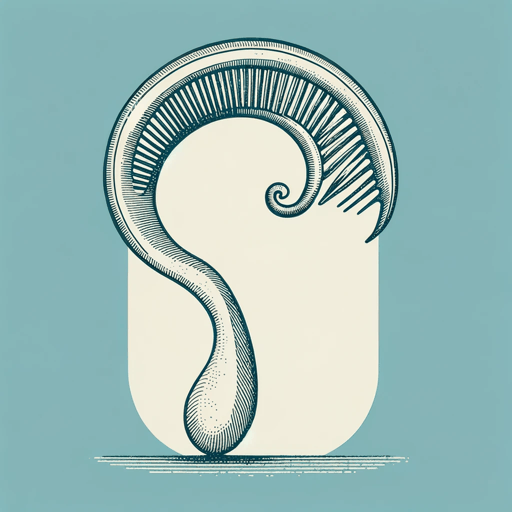16 pages • 32 minutes read
Wallace StevensThe Death of a Soldier
Fiction | Poem | Adult | Published in 1923A modern alternative to SparkNotes and CliffsNotes, SuperSummary offers high-quality Study Guides with detailed chapter summaries and analysis of major themes, characters, and more.
Literary Devices
Form and Meter
Much like other Modernist works, Stevens’s “The Death of a Soldier” does not employ any traditional form or meter, but it retains some formal structure nonetheless. The poem has a loose iambic meter with a few instances of trochaic meter and is broken up into four stanzas of three lines. The first line of each stanza is the longest and each subsequent line decreases in length. This mirrors the contraction of life in the first line of the poem, “Life contracts and death is expected” (Line 1). The repetition of the stanza forms echoes the cyclical nature of the seasons and the routineness of death during the war. In addition, almost every ending line of each stanza is four syllables or three words long. This deliberate allegiance to a nontraditional form demonstrates Stevens’s mastery of language and immense knowledge of the canon of English literature. The consistent and unique form participates in the ultimate meaningfulness of the poem.
Rhyme
“The Death of a Soldier” has no formal rhyme scheme and only one possible end-rhyme throughout the whole poem, with “pomp” (Line 6) and “stops” (Line 9). The poem resists rhyme in all forms, and those rhymes that do occur appear to be accidental rather than a deliberate formal choice.
Related Titles
By Wallace Stevens





